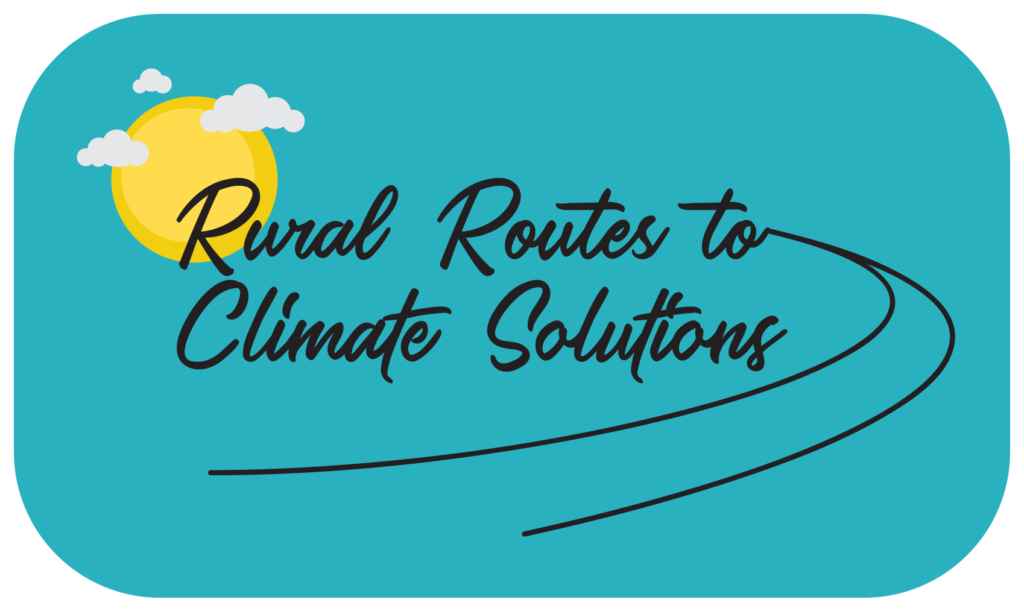Evolving Sustainable Practices on a Fifth Generation Ranch — Valley View Ranch & Flying Heart Meats, Strathmore, Alberta
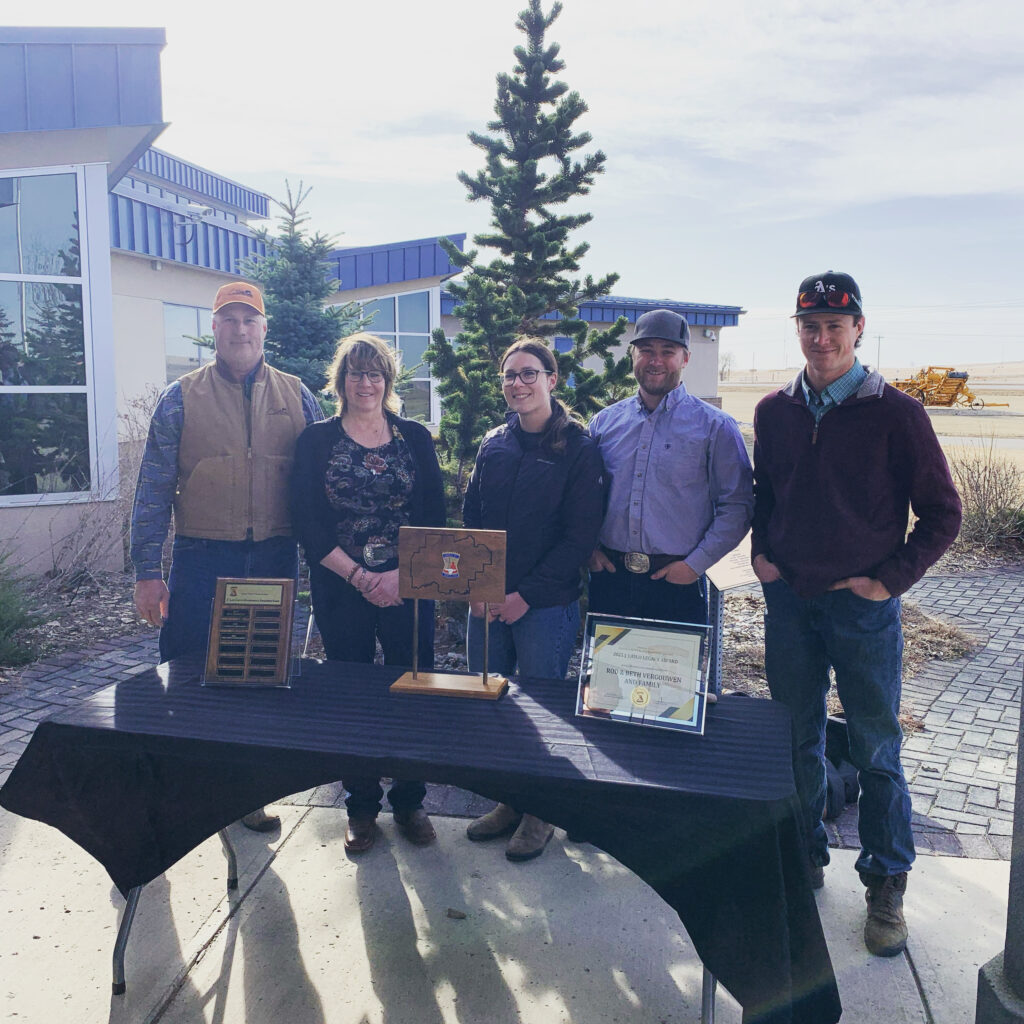
Sustainability is a shared family value at Valley View Ranch and Flying Heart Meats, a fifth generation family ranch located east of the town of Strathmore, a short drive from Calgary, Alberta.
Rod and Beth Vergouwen’s agricultural roots in Strathmore stem back to the early 1900s when Beth’s great-grandfather emigrated from Illinois with the vision to farm and ranch in southern Alberta. In 1909, he named the land “Valley View Ranch” — a name that Rod and Beth, along with their children, who represent the next generation of farmers on the family ranch, have preserved and continued to date. “We have a long, deep rooted connection with agriculture on both sides of the family farm,” explains Rod, whose own grandfather emigrated to southern Alberta from Holland in the 1920s.
*BONUS* Bridging Echo Chambers Part Three
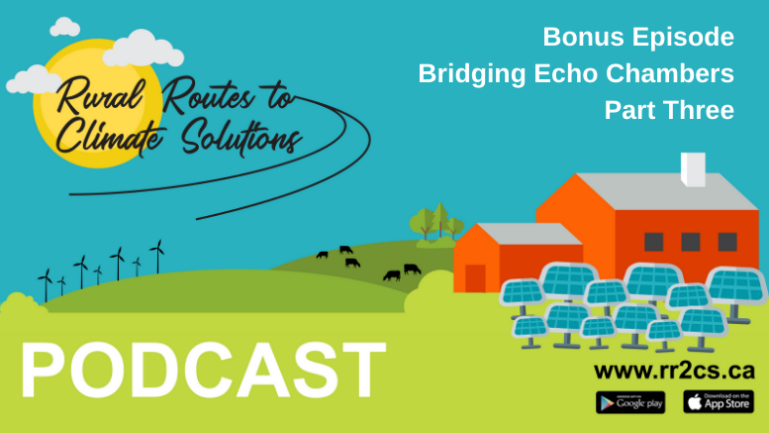
Podcast: Play in new window | Download
Subscribe: RSS
Feedlot manager Andrea Stroeve-Sawa shares low-stress livestock handling tips we can use to have constructive conversations on the livestock and the environment issue.
*BONUS* Bridging Echo Chambers Part Two
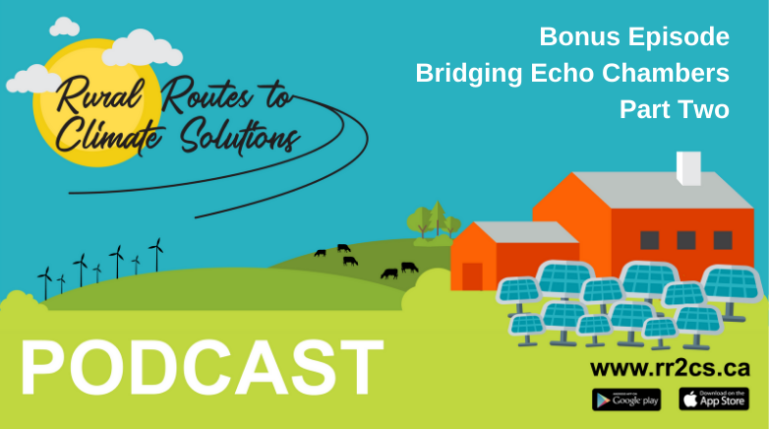
Podcast: Play in new window | Download
Subscribe: RSS
Communications strategist Sarah Wray discusses communications techniques we can use to have constructive conversations on the livestock and the environment issue.
*BONUS* Bridging Echo Chambers Part One
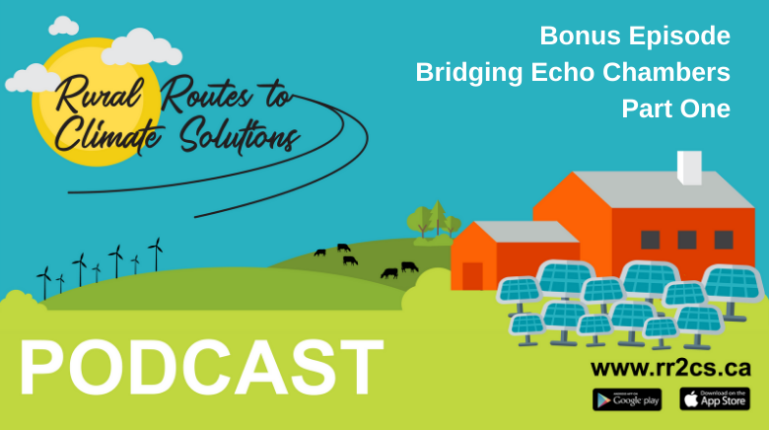
Podcast: Play in new window | Download
Subscribe: RSS
Author and leadership advisor David Irvine discusses the strategies we can use to have constructive conversations on the livestock and the environment issue.
Generating Resiliency on the Ranch in the Face of Drought—WR Grazing—Irricana, Alberta
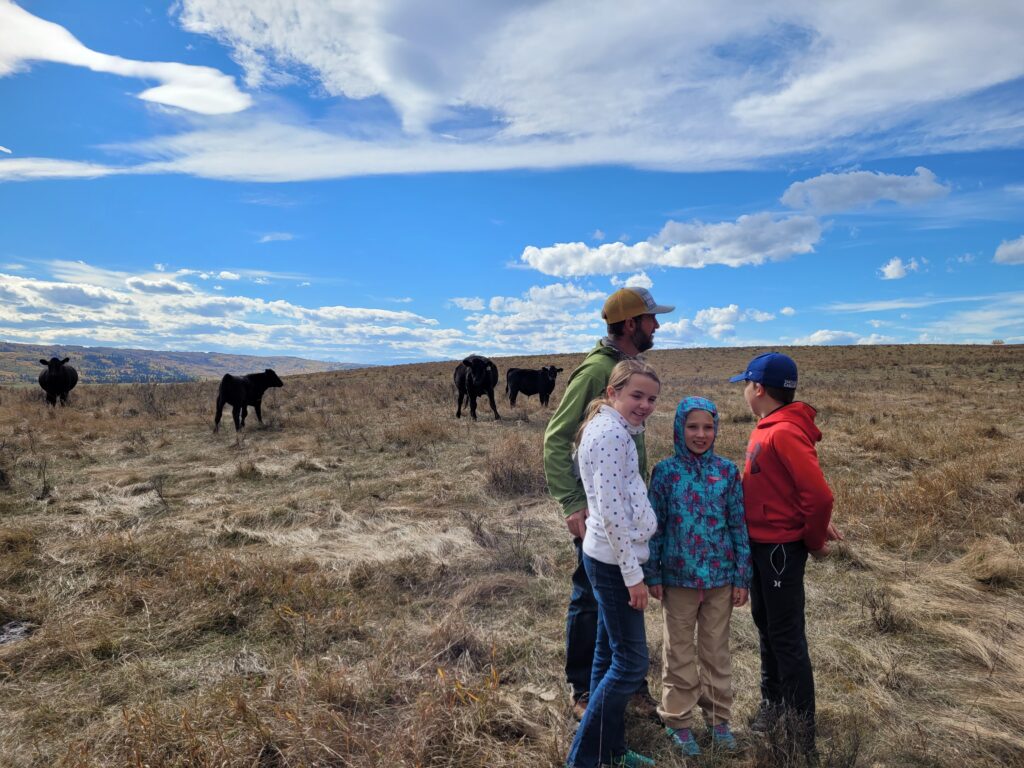
Tim Wray grew up on his family’s cattle ranch in Irricana, a small town located 50 kilometres northeast of Calgary in southern Alberta. As a child, he always dreamed of following in his parent’s footsteps and one day becoming a farmer, but first he pursued post-secondary education and later studied at a seminary to become a pastor. His first parish was located in a small agricultural community, which put him back in touch with his childhood dream.
“I lived around farmland and was surrounded by farmers,” says Tim. “I was really in tune with the movement of the seasons and the farm cycle—and I enjoyed that.”
Biodiverse Organic Grain, Custom Grazing, and Plant Breeding for Seed Security – Midmore Farms, Sturgeon County
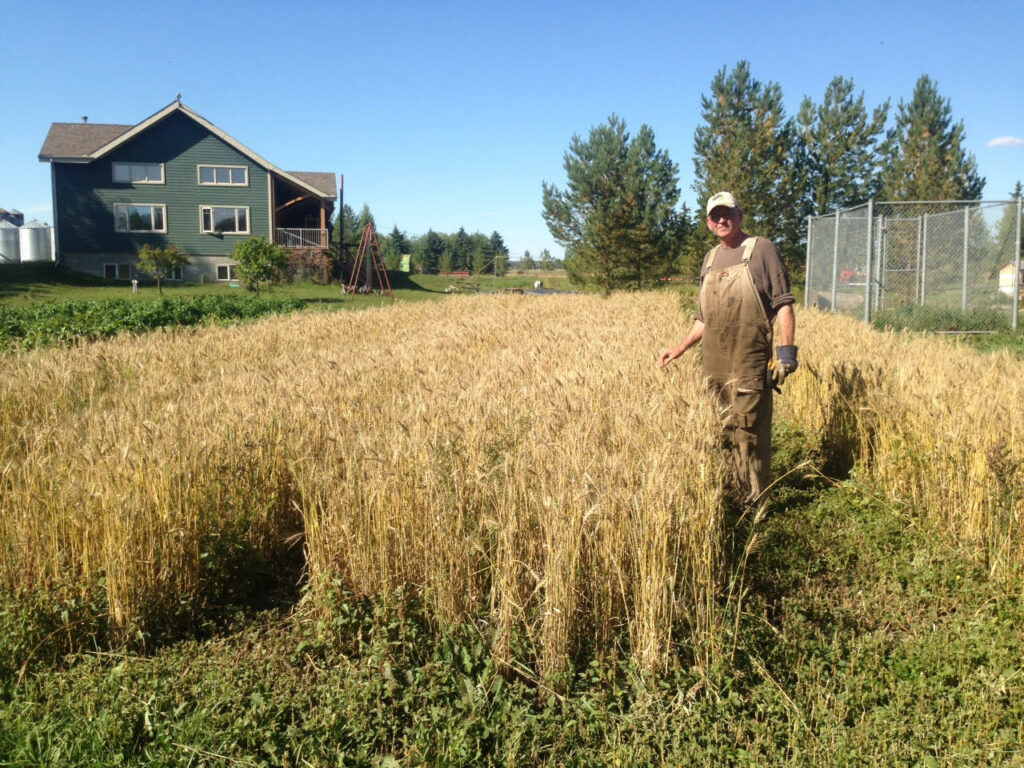
For Ward and Joanne Middleton, organic grain and oilseed farmers, planning for environmental and financial resiliency has become critical to adapting to extreme weather events on the farm. Over the past 27-years, the couple has managed Midmore Farms, an 850-acre certified organic farming operation, located northwest of Edmonton in Sturgeon County.
Today, Ward and Joanne are practicing with a wide variety of climate solutions, including intercropping to reduce soil tillage and integrating livestock on the land through custom grazing. They’re also investing in renewable energy technology and participating in seed saving initiatives. But these solutions haven’t happened overnight. Farming, says Ward, has been a dynamic, evolving process in observing interactions between soil, environment, climate, animal and plant vitality. “We’re always striving for continuous improvement,” he says. “There’s always room for improvement.”
Building Soil, Healthy Ecosystems & Community – Tin Forest Farm – Wetaskiwin, AB
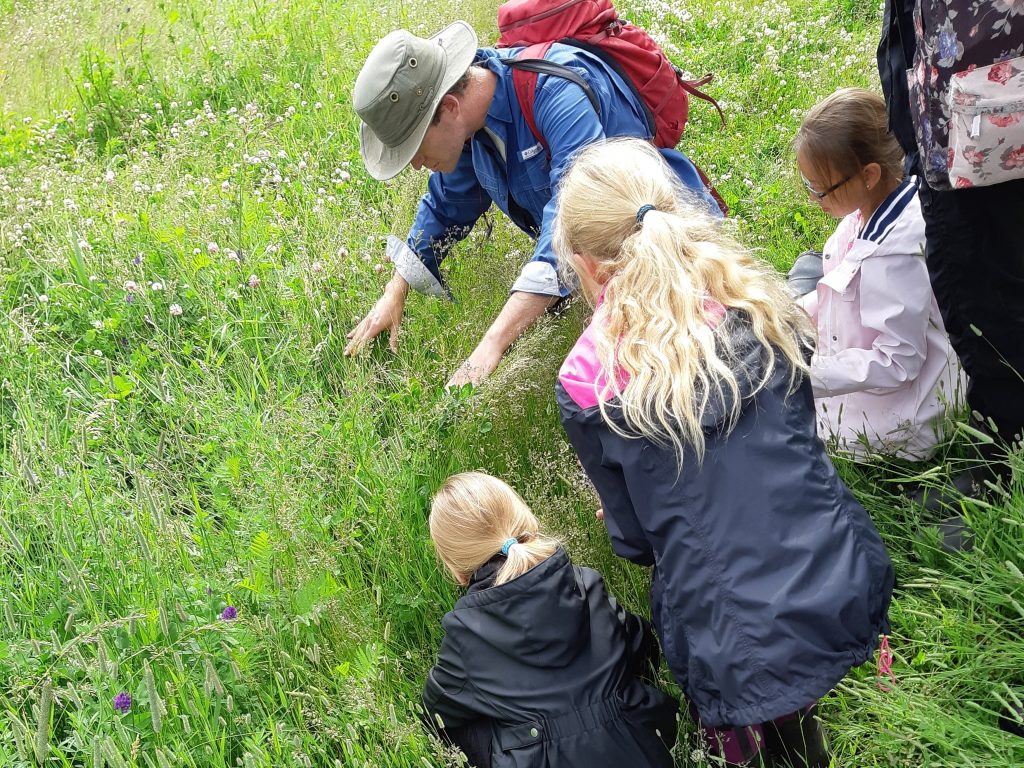
In their first year on the land, the Schambers planted 500 trees. The following year, they planted 3000. Today, they have over 8000 trees on their property. “The land was what fit our budget – it wasn’t the land of our dreams,” reiterates Alana. “But we’ve been working with the land to clean up the junk, reorganize, plant trees, encourage plant growth and make it the farm of our dreams.”
Over the past decade, the Schambers have helped to restore and rehabilitate Tin Forest Farm through regenerative farming practices, including rotational grazing, agroforestry, and fencing off sensitive riparian areas. The family raise grass-finished heritage beef and lamb, heritage chickens, honey bees, and sell hand-spun wool. In previous years, Alana organized an annual summer Kid’s Nature Camp and a Farm to Table community dinner at the farm. “Our goal is to get local food on the tables of local families,” says Alana.
Heritage Sheep Farming and Silvo-Pasture Management – Rhyant Rock Farm – Stony Plain, AB
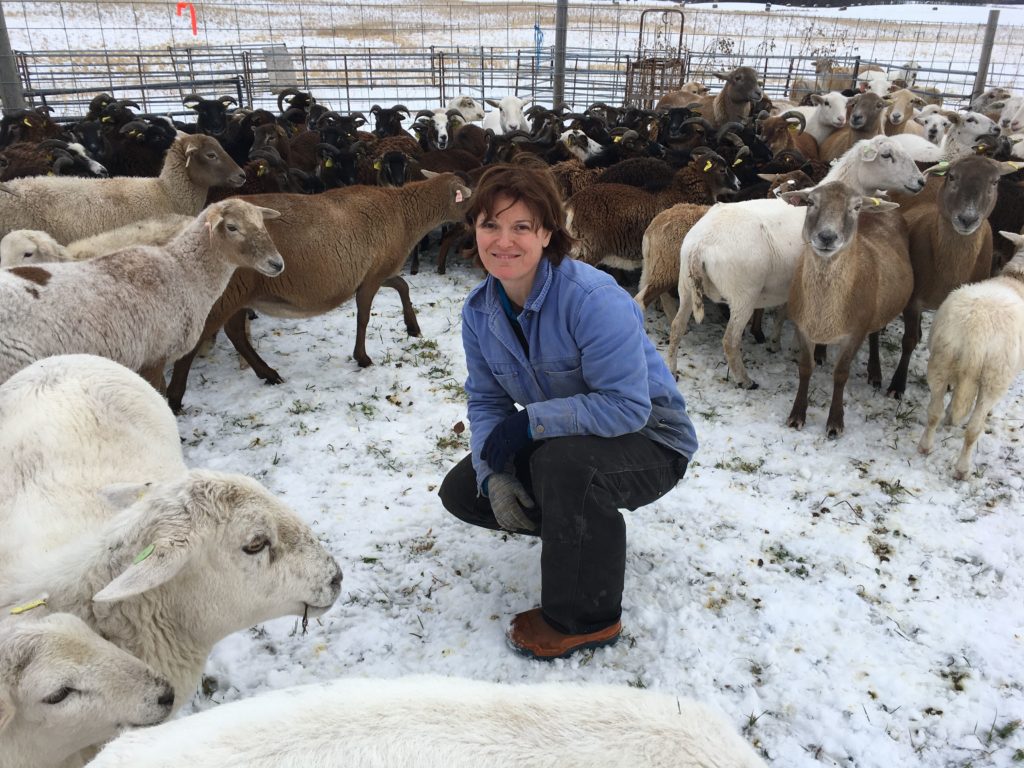
When I began to consider the risks for disease – which is very real in this day and age, look at COVID-19 for example – I became really interested in learning more about heritage breeds. There’s certain breeds that are more disease, or parasite resistant. There’s also mothering instincts and attributes of food quality. When you consider evolution, some breeds go extinct. But sometimes they lose popularity because they are smaller, or slower at production. I think as human beings we’ve gotten caught up with breeds that grow the fastest versus those that are of better food quality.
For me, I work off-farm, so I can’t be here 24/7 to lamb sheep, or getting up in the middle of the night and then going to my day-job and performing well. It was important to me to find breeds – American Soay and Katahdin sheep – that are able to look after themselves in the hours when I’m not here. With these breeds, lambing entails going out in the morning and evening and putting tags in the lambs’ ears. It doesn’t involve pulling lambs. It doesn’t involve 2 AM checks or anything like that.
